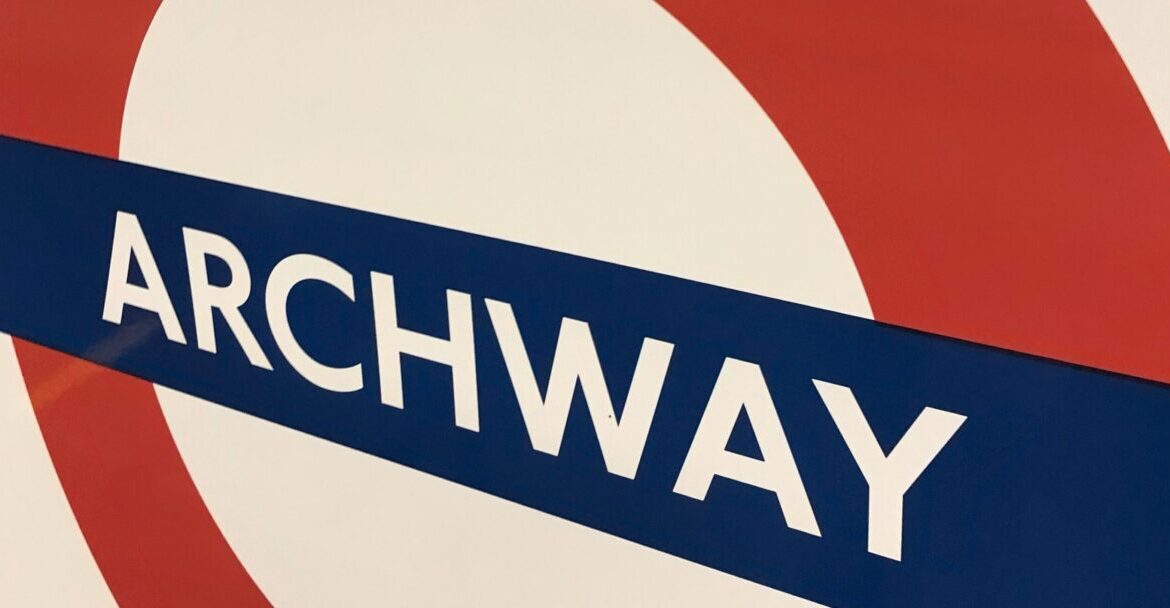According to the World Health Organisation, cardiovascular diseases (CVDs) are the number one cause of death globally: more people die annually from CVDs than from any other cause. An estimated 17.1 million people died from CVDs in 2004, representing 29% of all global deaths. Of these deaths, an estimated 7.2 million were due to coronary heart disease. Any method which can help to detect signs of heart disease could therefore have a significant impact on world health. This challenge was to produce methods to do exactly that.
The purpose of this challenge was to attempt to automate the expertise of cardiologists using machine learning, by classifying heart sounds into groups corresponding to specific medical conditions. The challenge was also to help us learn more about the distribution of heart sounds and how they might be most effectively clustered. The challenge exploited machine learning methods for a real world application involving data gathered by the general public and emailed via smart phones to a central server, and also data gathered by physicians using a digital stethoscope. The aim was to attempt to duplicate some of the cognitive processes of a trained cardiologist during the diagnosis process, when listening to heart sounds. This cognitive automation investigates the question: can an algorithm classify heart sounds into different categories of disease without the additional domain knowledge available to the trained cardiologist? The challenge results were presented at a workshop held at AISTATS 2012, the winner receiving an iPad. Since then the data gathered for the challenge has been used several times by other researchers.


